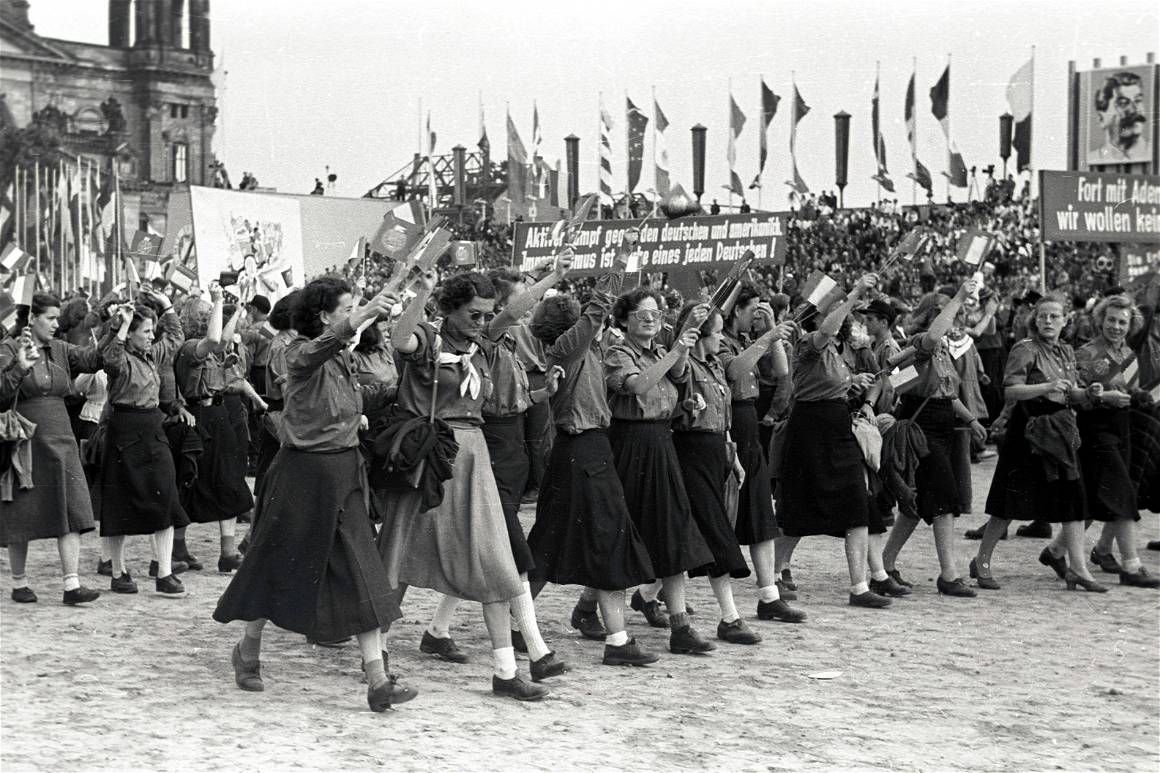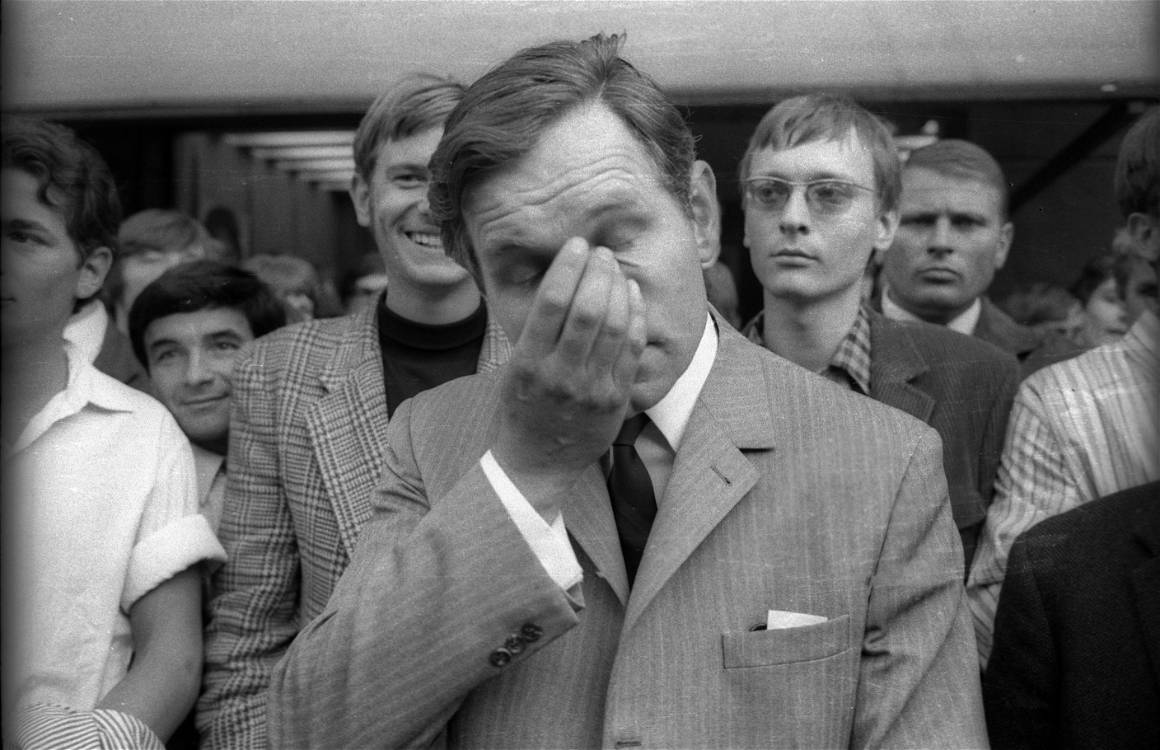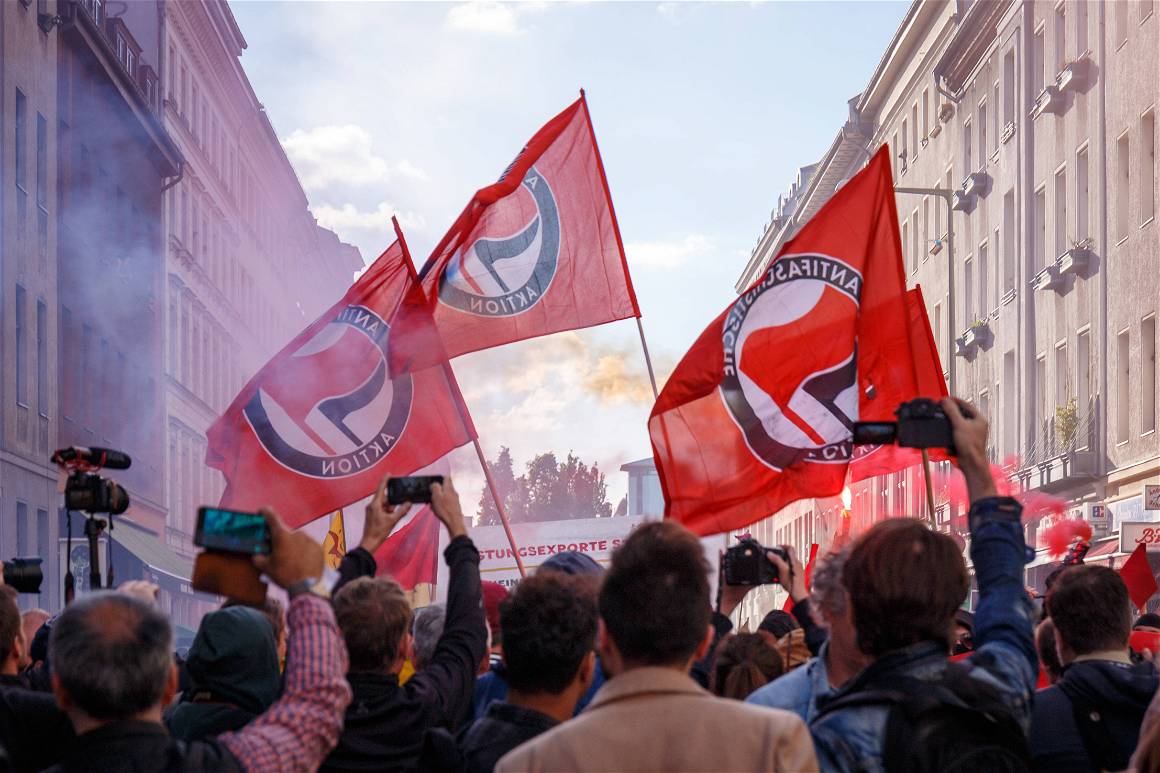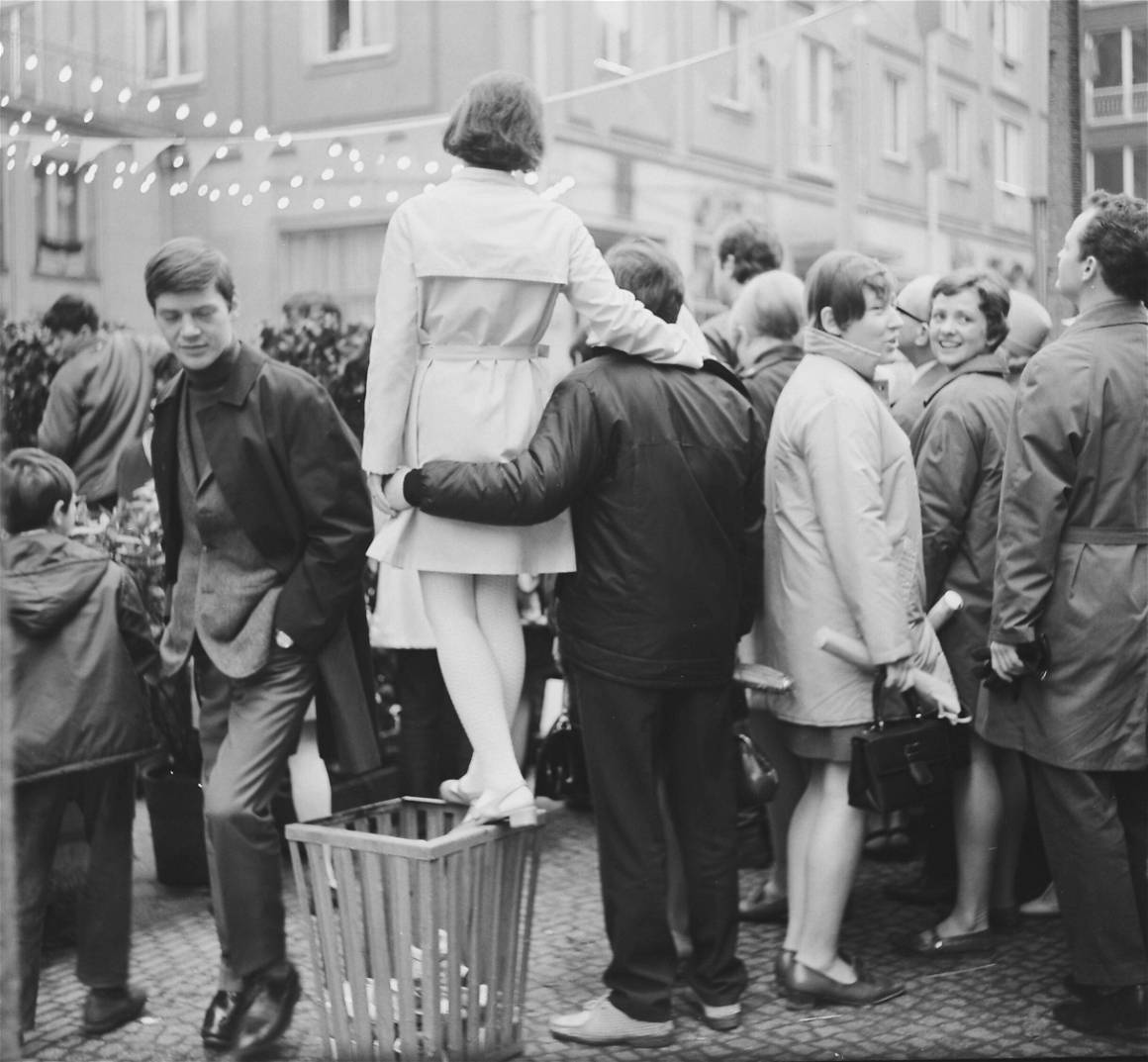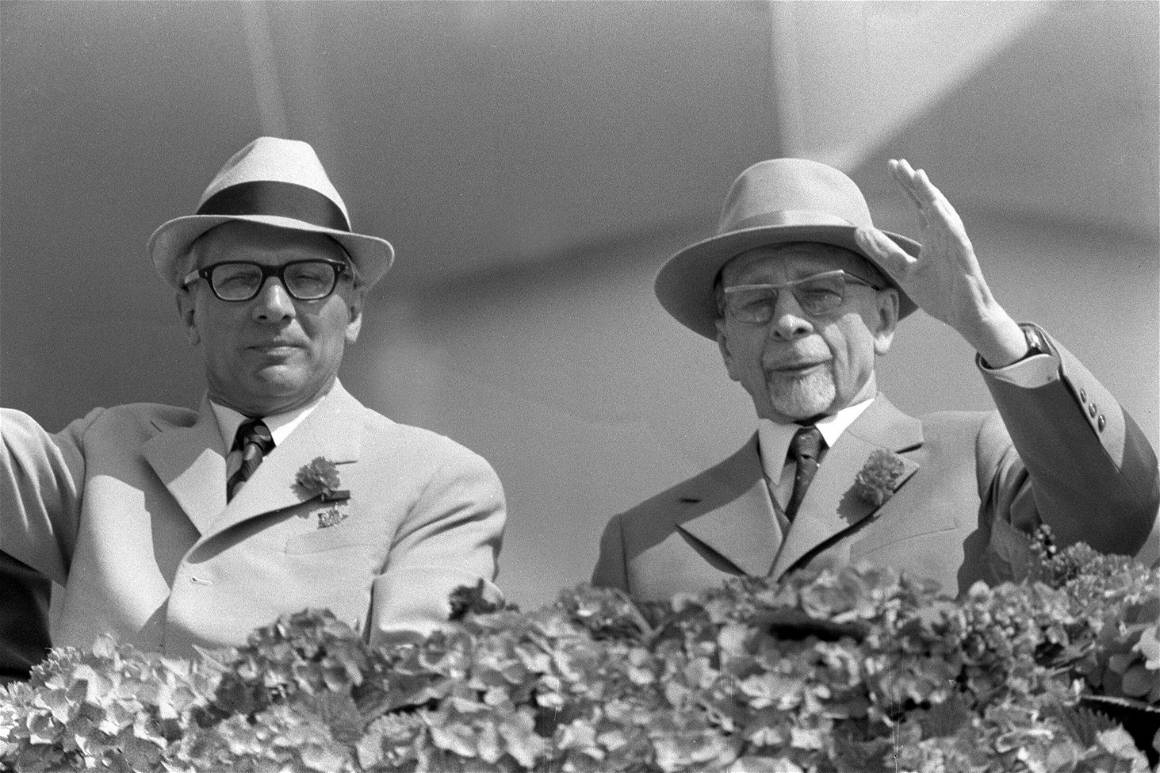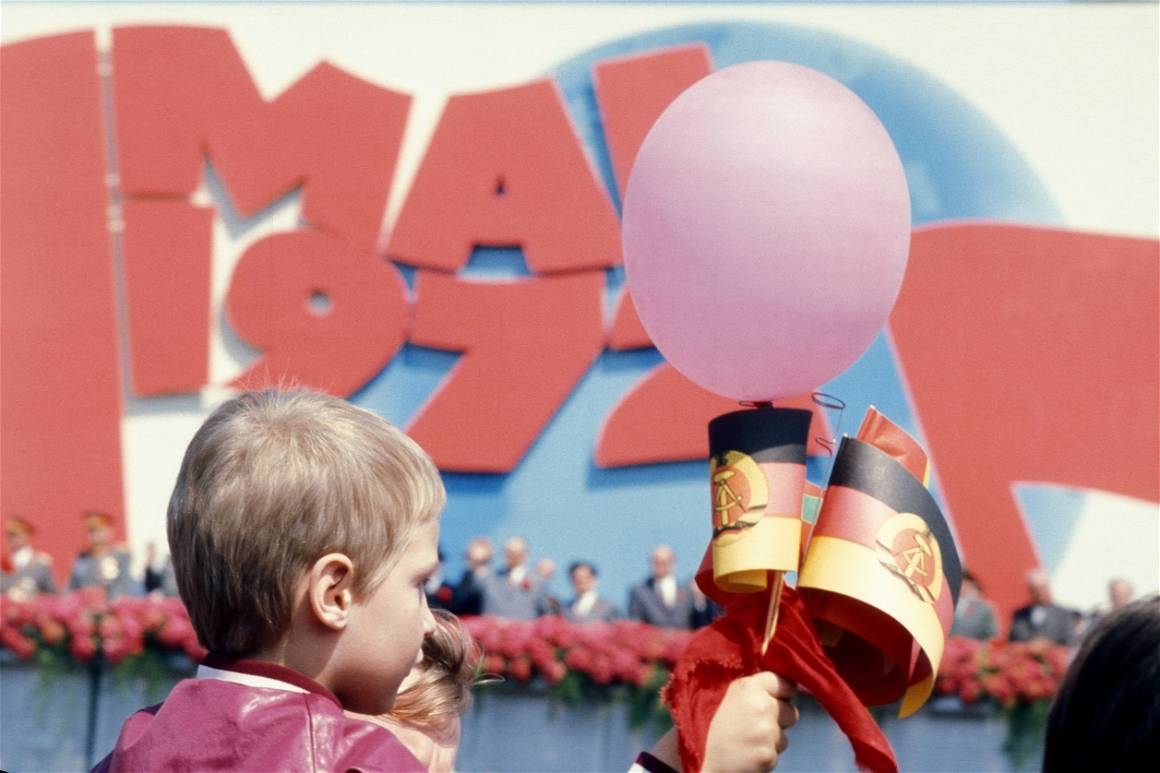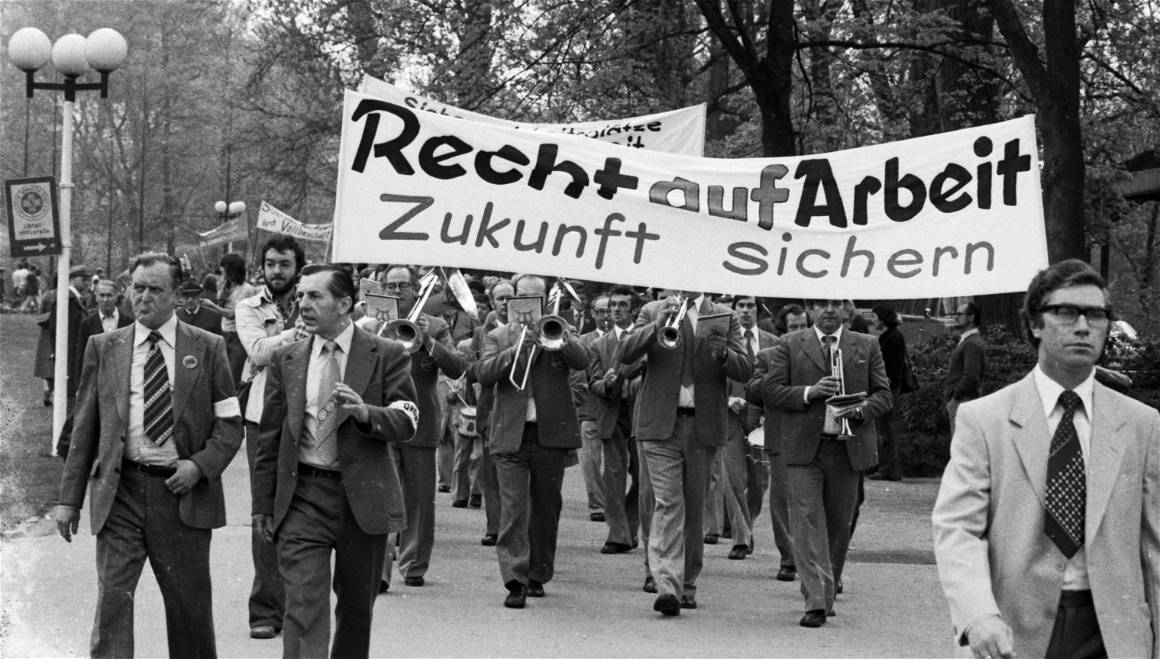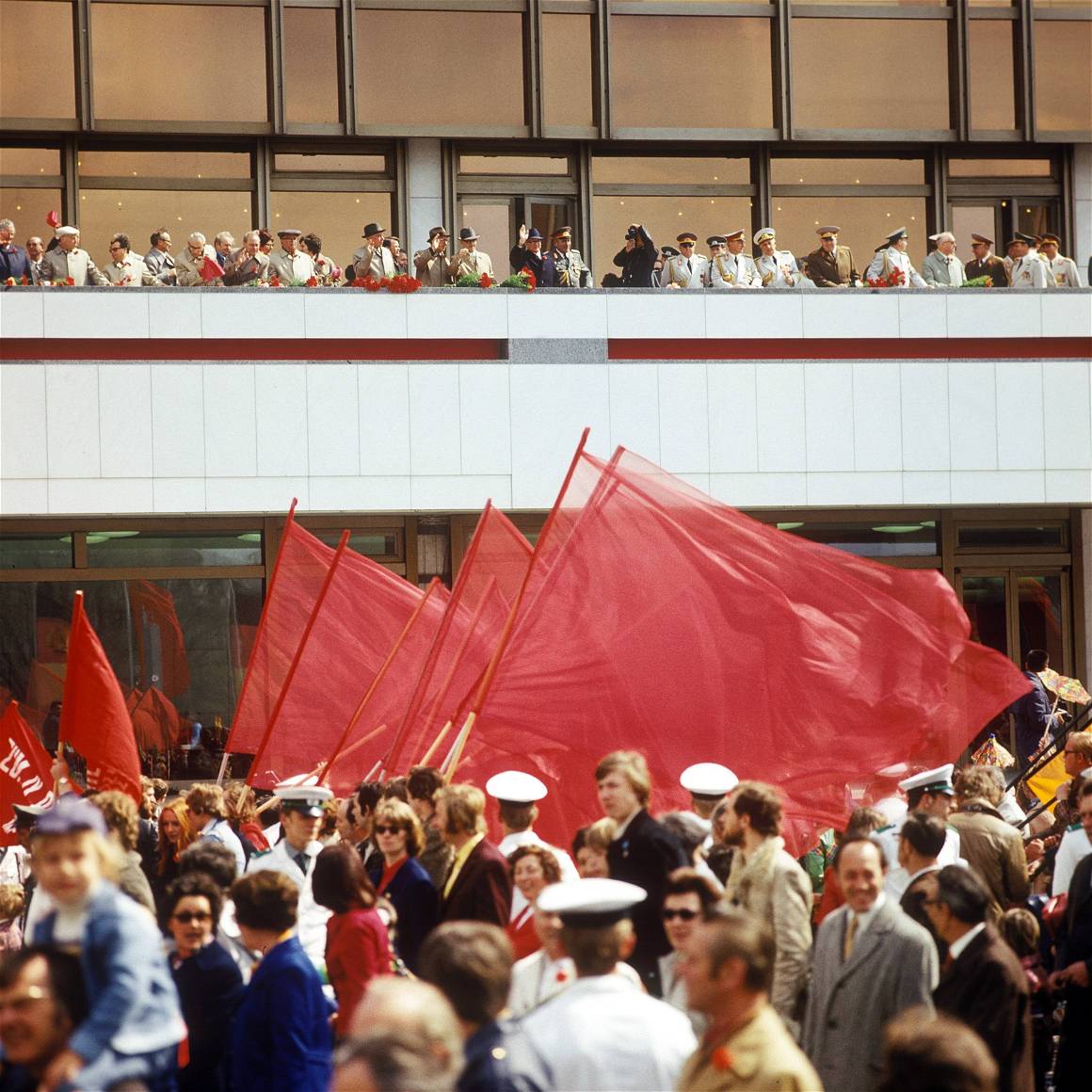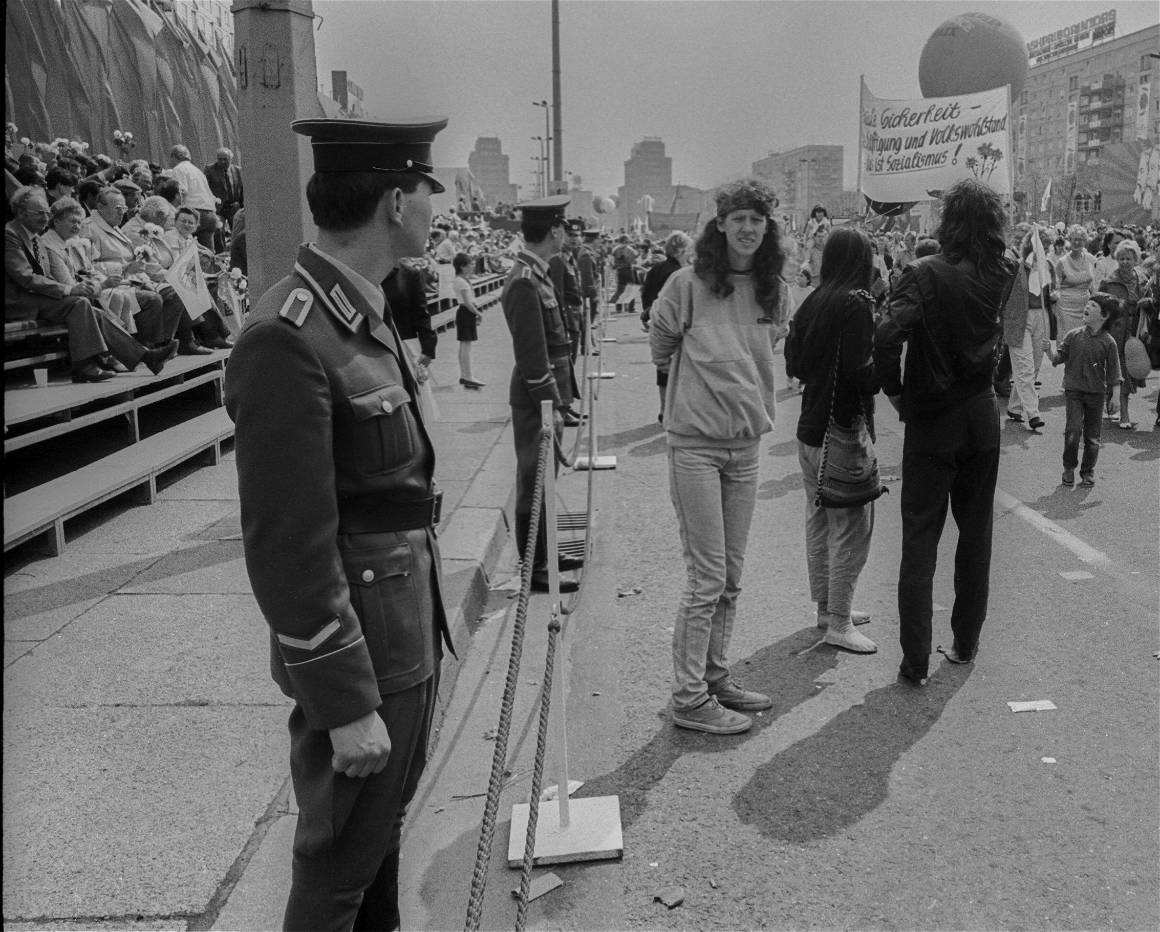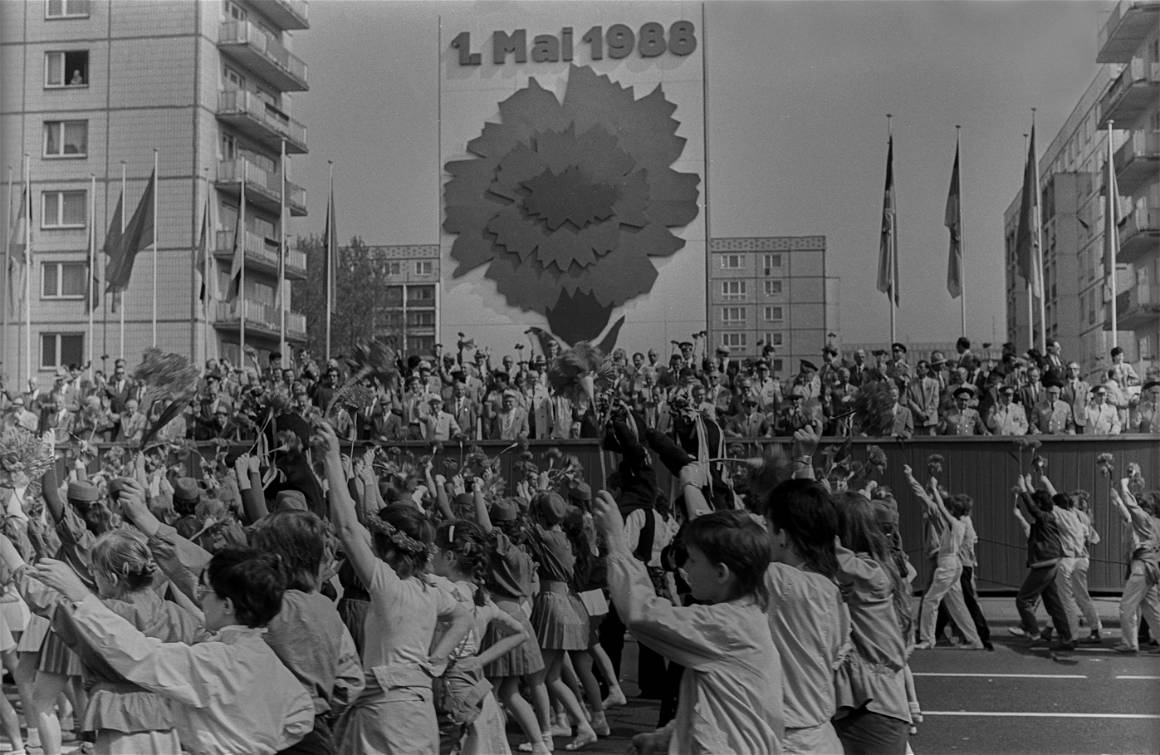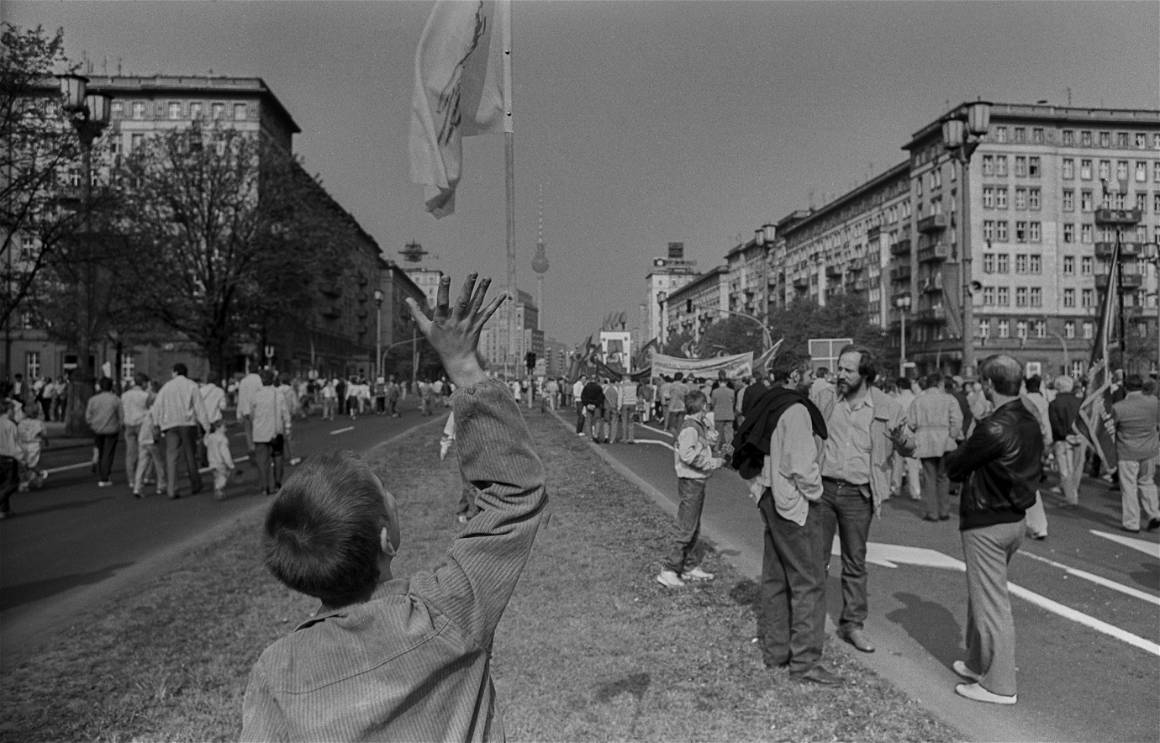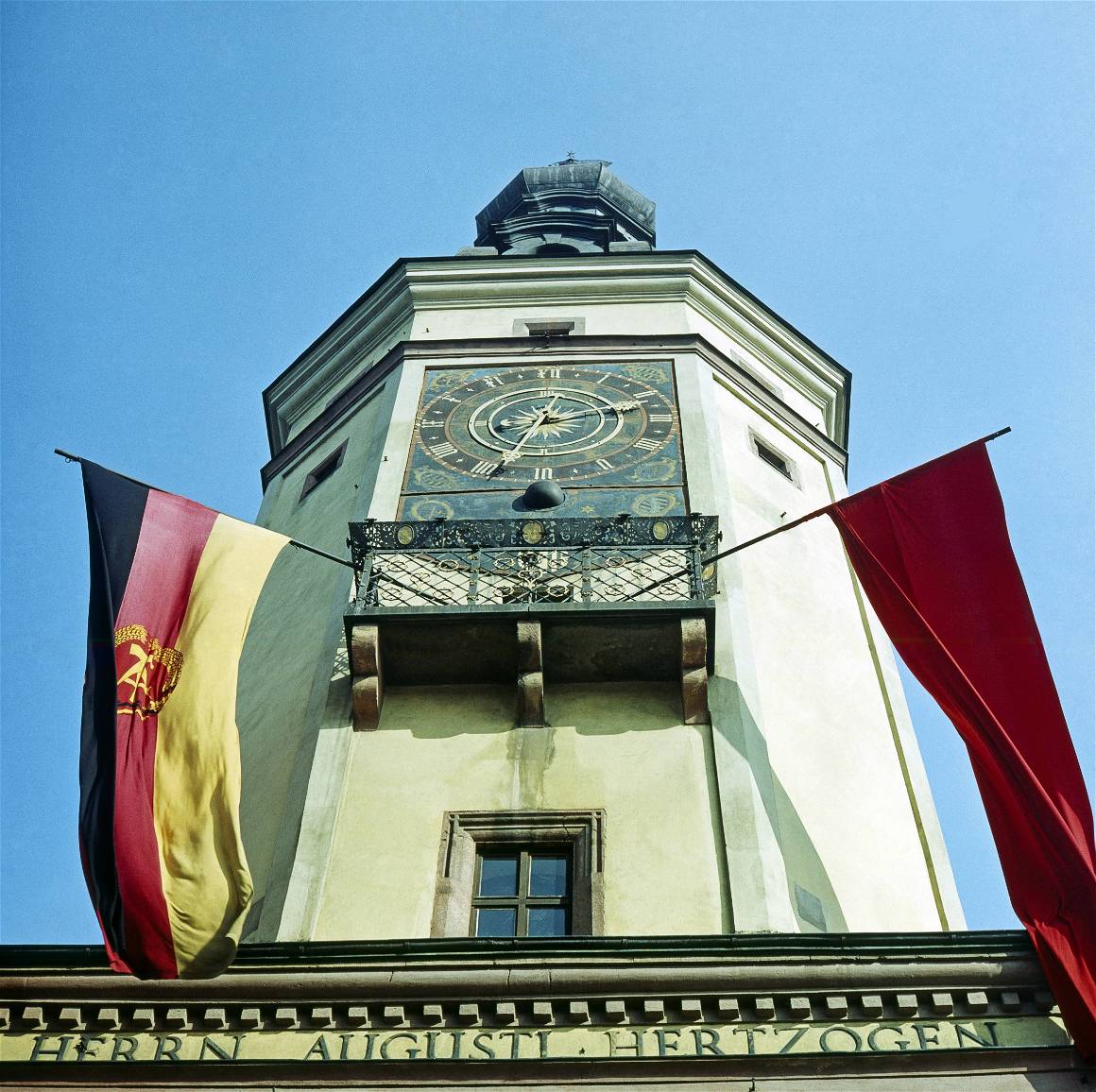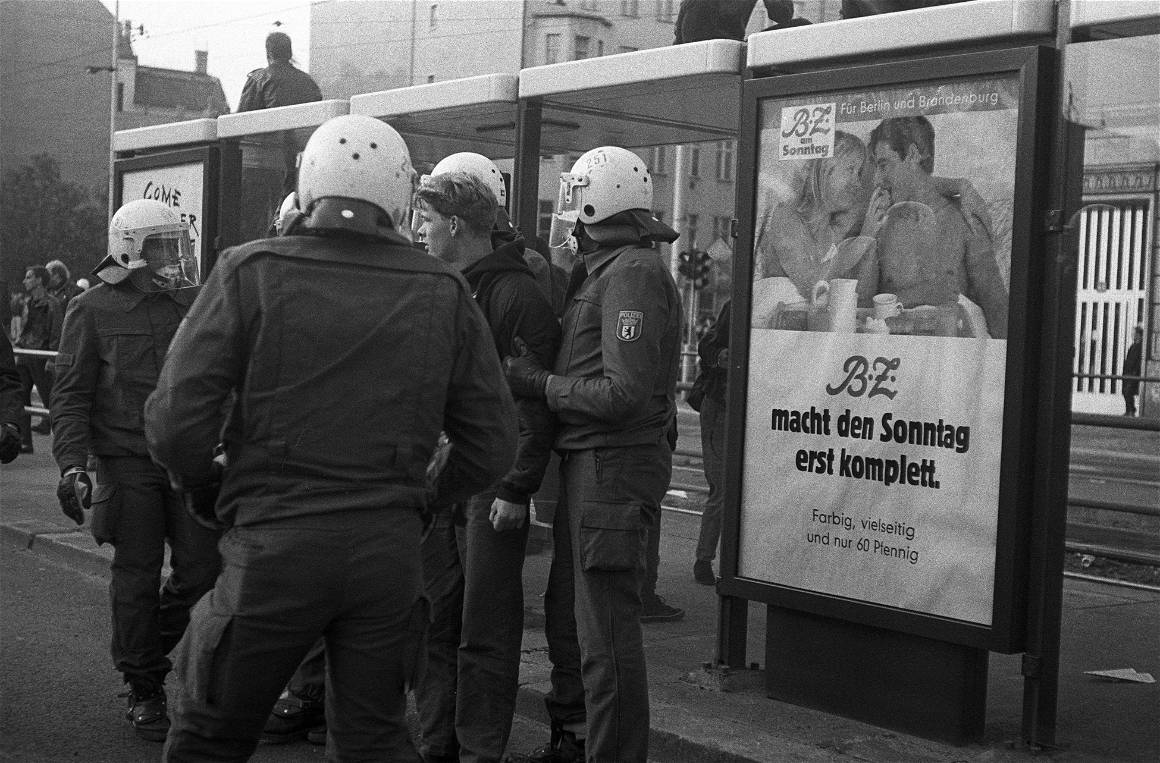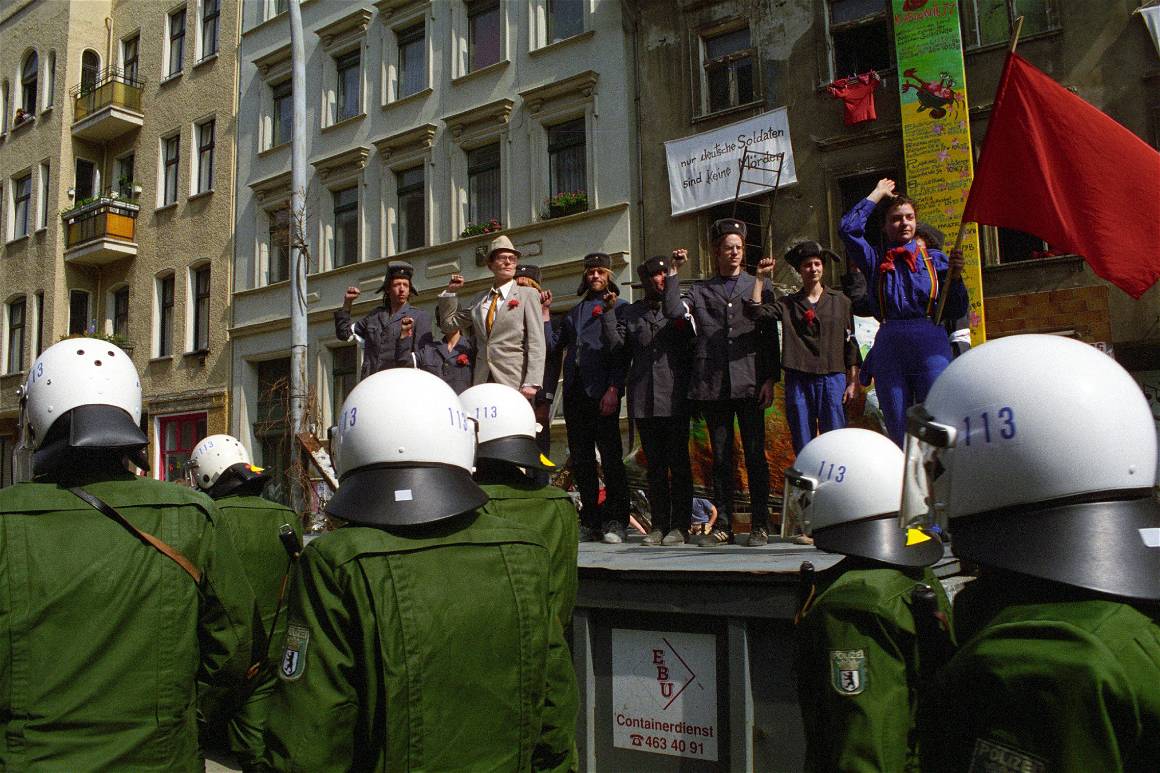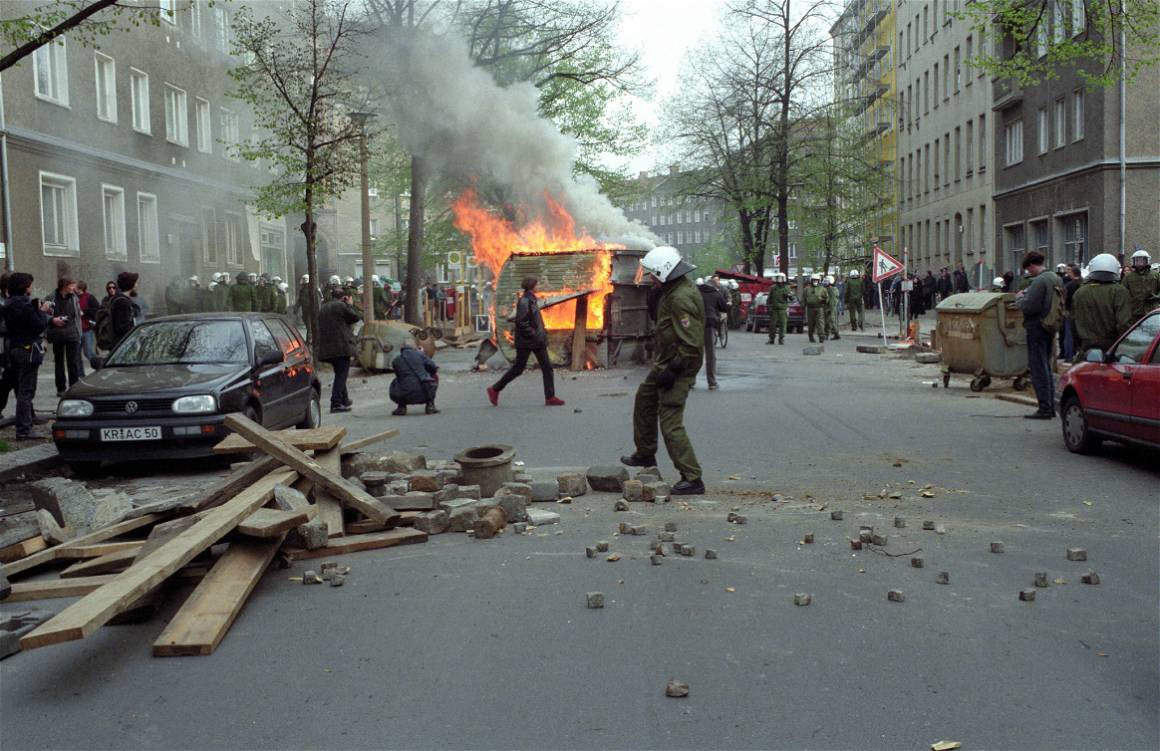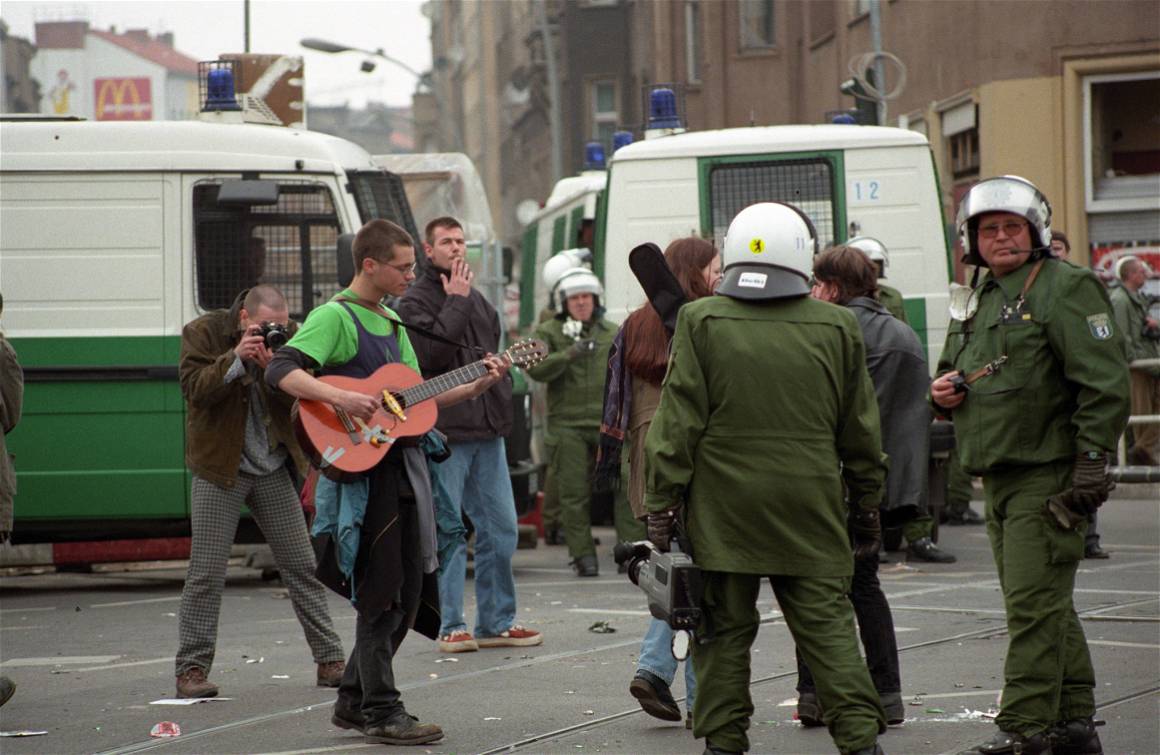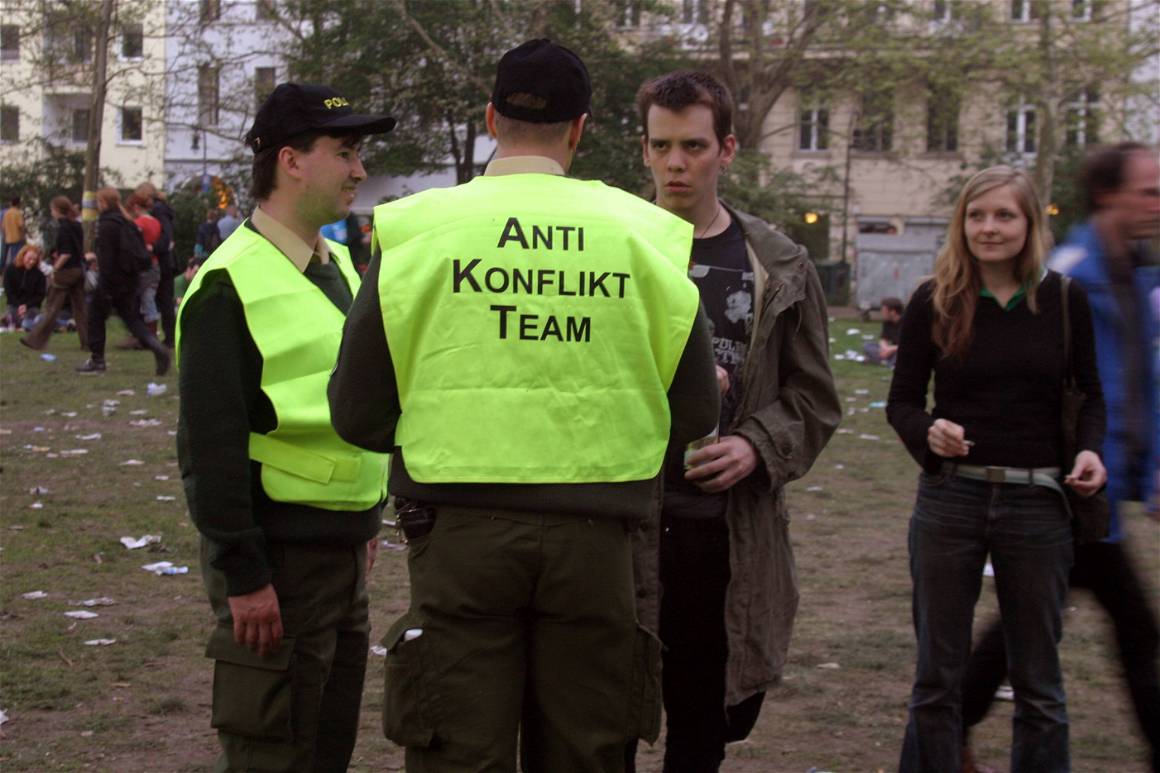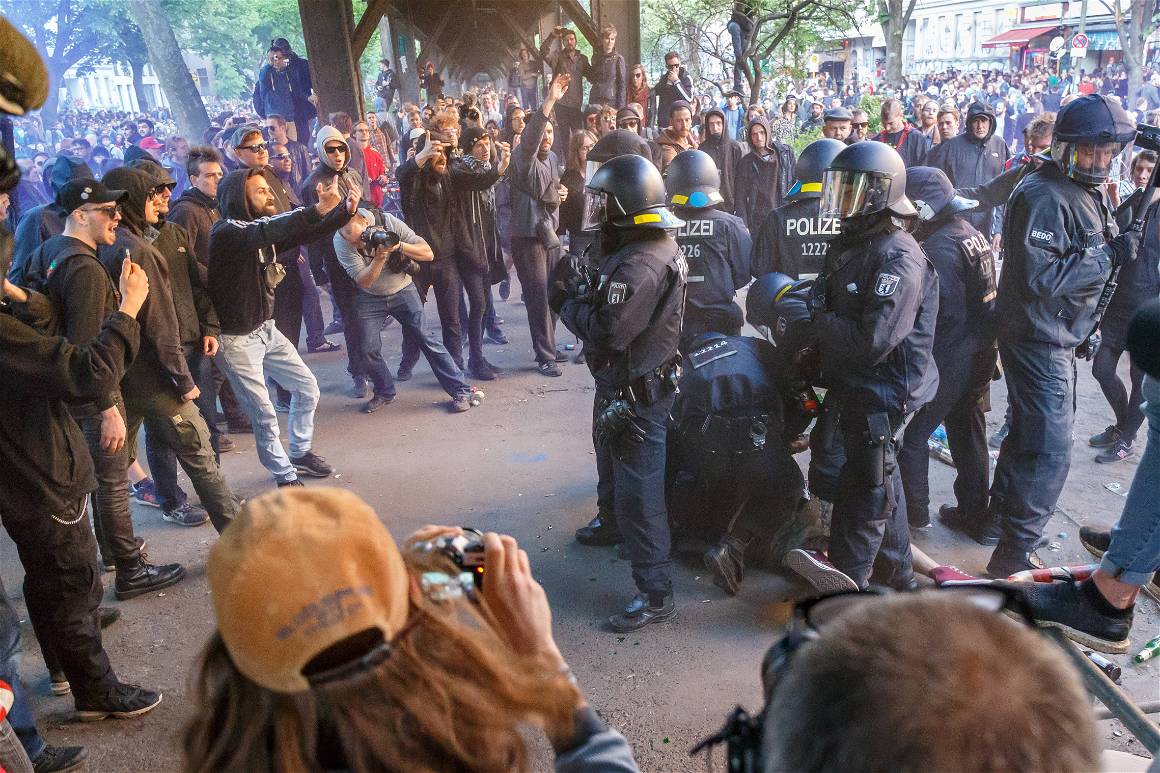Labour Day in Germany has long been a date marked by the contrast between the East and West during the country's division. Delve into the history of this symbolic day and explore the evolution of festivities pre- and post-fall of the Berlin Wall.
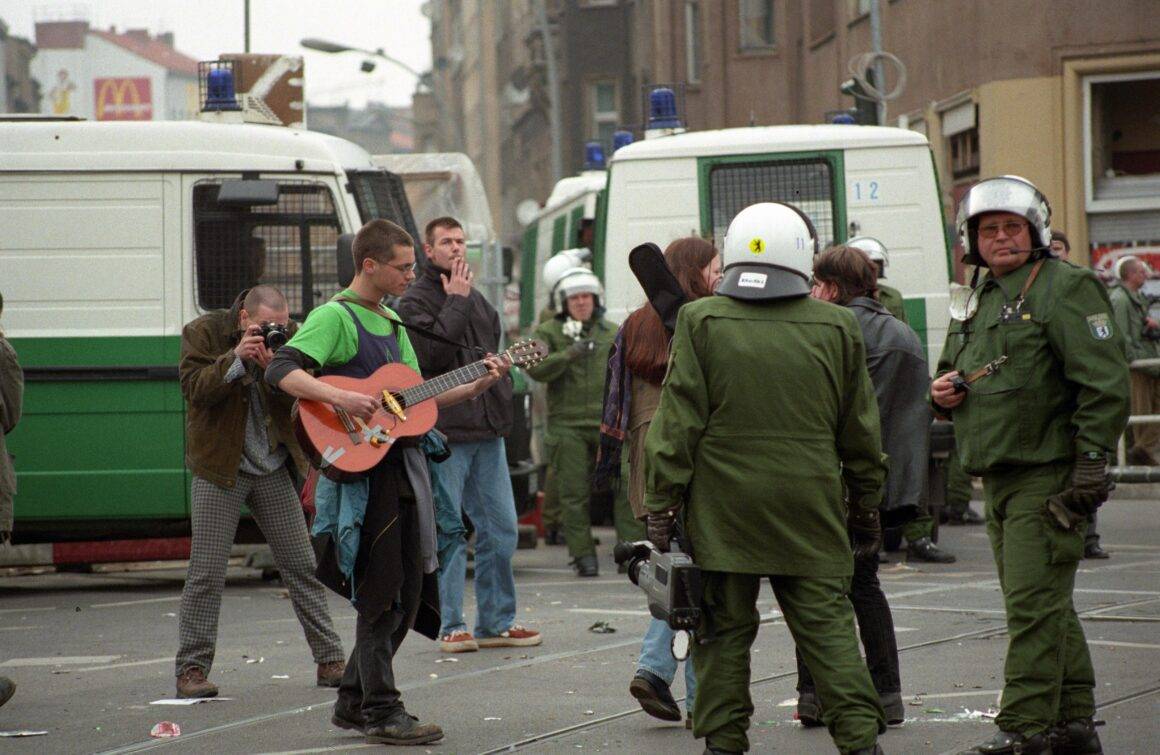
The Evolution of Labor Day in Germany, a Tale of Two Celebrations
International Working Day, known as May Day or Erster Mai in Germany, has changed over the years, especially after the fall of the Berlin Wall. Before the Berlin Wall broke down in 1989, East Germany was a socialist state, and Labor Day was an important event.
Labor Day in the GDR was also known as “International Fighting Day of the Labor Class,” officially known as ‘Internationaler Kampftag der Arbeiterklasse’, which was interpreted differently. The government used it as an opportunity to promote socialist ideology and highlight the working class’s achievements. Workers would participate in parades and rallies, often carrying banners and posters. In West Germany, especially from the late 1970s onward, Labour Day occasionally saw violent clashes between police and demonstrators, primarily driven by some groups protesting capitalism and government policies. By contrast, East German May Day celebrations were tightly controlled, leaving no room for open dissent.
In contrast, Labor Day in West Germany was celebrated differently; there was no official government celebration, unlike in the East. Instead, it was a day for workers to gather together and demonstrate their rights. Trade unions organized marches and rallies, and workers would gather in public squares to hear speeches, discussing common problems and struggles of the labour class, usually ending with a fireworks display in the evening.
How Is Labor Day Celebrated in Germany Today?
After the fall of the Berlin Wall in 1989, Germany was reunited, and Labor Day became a national holiday in both East and West Germany. However, the way it was celebrated still differed between the two regions. In the East, the socialist ideology had lost much of its appeal, and the focus of the day shifted to celebrating the achievements of the working class. Workers still participated in parades and rallies, but the slogans and banners were less political, and the speeches were less ideological.
In West Germany, and increasingly nationwide after reunification, Labour Day has taken on a dual character. While trade unions continue organizing political rallies, many Germans embrace it as a leisurely public holiday, enjoying outdoor festivities, family outings, and traditional spring celebrations. The holiday fell on May 1, which is the traditional start of the summer season, and people began to celebrate by taking trips to the countryside or having picnics with friends and family. Many cities organized festivals and events featuring music, food, and games, and the day became less political and more festive.
Delve into the history of Labor Day in Germany, in this article and see this symbolic day’s images through the lenses of IMAGO photographers.